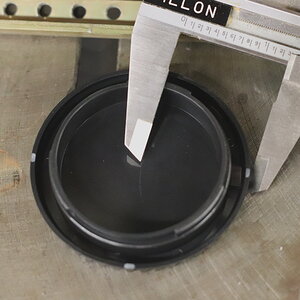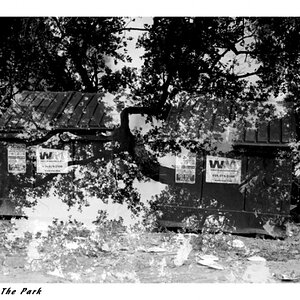jwbryson1
TPF Noob!
- Joined
- Apr 21, 2011
- Messages
- 4,280
- Reaction score
- 949
- Can others edit my Photos
- Photos OK to edit
I put this question out there and am curious if I am just missing the boat. My DSLR is a Nikon D90 and I have the separate SB-400 flash. I understand how to shoot in manual mode and how to check if my exposure is correct using the exposure meter on the camera (looks like a small ruler with grid lines). For example, when the flash is set to "off" I can adjust to proper exposure by adjusting the shutter speed or the aperture depending on the effect I wish to achieve.
The question is this--does the exposure meter in the camera function when I am shooting with the flash turned on? I believe the answer is no, that the meter only works with ambient light and does not meter flash. But, I still wonder if it serves ANY purpose when I am shooting with the flash turned on?
Thoughts? Thanks.
The question is this--does the exposure meter in the camera function when I am shooting with the flash turned on? I believe the answer is no, that the meter only works with ambient light and does not meter flash. But, I still wonder if it serves ANY purpose when I am shooting with the flash turned on?
Thoughts? Thanks.




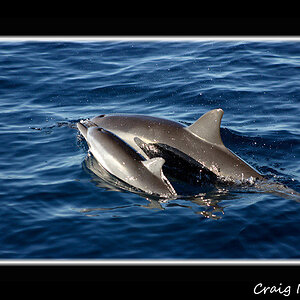
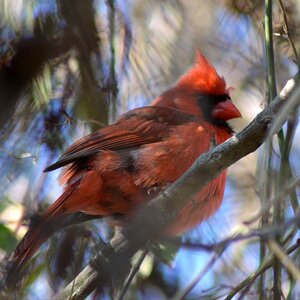
![[No title]](/data/xfmg/thumbnail/30/30987-a33ca8e90b5d786c21e59d37945b9cc6.jpg?1619734552)
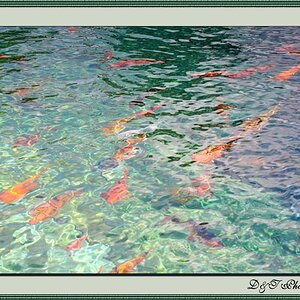
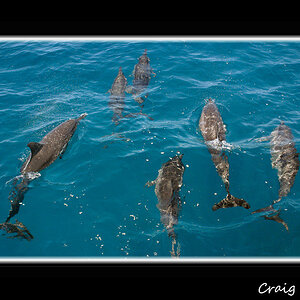
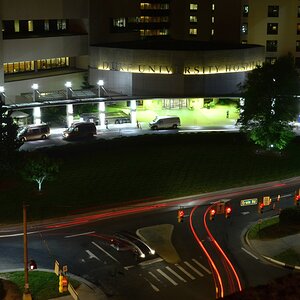
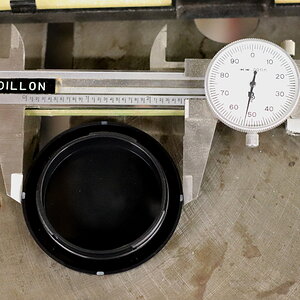
![[No title]](/data/xfmg/thumbnail/39/39419-5d4fd8535ab4f6e01caa38b72bf396e0.jpg?1619739023)
